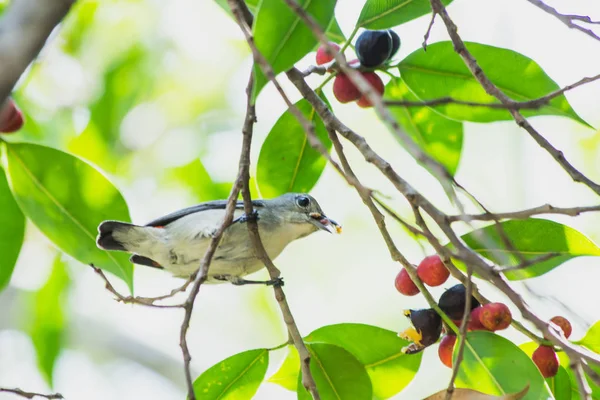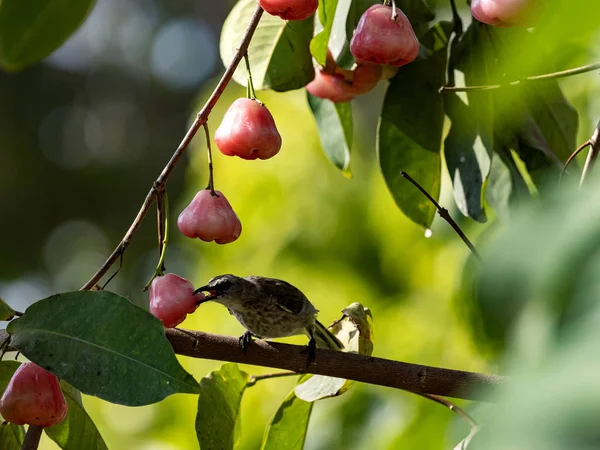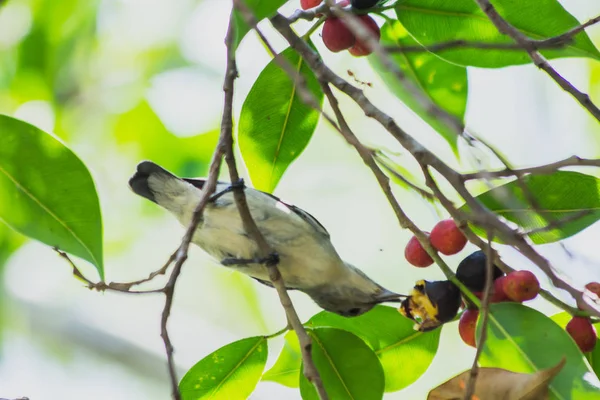Why is my hummingbird feeder leaking from the flowers? Leaking can occur due to improper assembly, a damaged seal, or excessive heat causing expansion.
Is your hummingbird feeder dribbling nectar from its floral ports, leaving you puzzled and your feathered visitors disappointed? This common issue can stem from various factors, ranging from design flaws to environmental conditions.
Understanding why your hummingbird feeder is leaking from the flowers is the first step toward resolving this sticky situation and ensuring your tiny friends enjoy a spill-free dining experience.

Why Is My Hummingbird Feeder Leaking From The Flowers
Improper Assembly: Ensure that all parts of the feeder are tightly secured and that there are no gaps or loose connections where nectar could leak.
Cracks or Damage: Inspect the feeder for any cracks or damage that could be causing the leakage. Even small cracks can lead to significant leaks over time.
Feeder Design: Some feeders are more prone to leaking than others due to their design. Look for feeders with a better seal between the flowers and the nectar reservoir.
Weather Conditions: Extreme temperatures or strong winds can also contribute to leaking. Try placing your feeder in a more sheltered location.
Cleaning and Maintenance: Regular cleaning and maintenance can help prevent leaks by ensuring that all parts are functioning properly and free of debris.
Understanding the Design
Hummingbird feeders come in various designs, but most share key components: a reservoir for nectar, feeding ports, and flower-shaped feeding stations. These feeders are ingeniously crafted to mimic natural nectar sources, enticing hummingbirds with their flower-like appearance.
The flowers serve a vital purpose, attracting these tiny, vibrant birds to the feeder. Mimicking the shape and color of real flowers, they play a crucial role in enticing and guiding hummingbirds to feed. Understanding these design elements can help you choose the right feeder for your garden or outdoor space.
Common Causes of Leaking
Leaking in hummingbird feeders can be attributed to several factors, including improper assembly, damage or wear, temperature changes, and insect damage. Improper assembly, such as not sealing the feeder tightly or missing components, can result in leaks. Over time, feeders can develop cracks or lose their seal, leading to nectar leakage.
Temperature fluctuations can also play a role, affecting the viscosity of the nectar and making it more prone to leaking. Additionally, insects like ants can cause damage to the feeder, resulting in leaks. Understanding these common causes can help you prevent and address leaking issues with your feeder.
Solutions to Prevent Leaking
Preventing leaking in hummingbird feeders involves several key strategies. Firstly, ensure proper assembly by tightly sealing all parts and ensuring they are in good condition. Regular maintenance, including cleaning and inspection for damage, is essential. Using bee guards can help prevent insects from damaging the feeder and causing leaks.
Additionally, adjusting the viscosity of the nectar to a thicker consistency may reduce the likelihood of leaks, but it’s crucial to maintain a balance to ensure it remains easily drinkable for hummingbirds. Implementing these solutions can help keep your feeder functioning properly and prevent nectar from leaking.
Alternative Feeder Designs
For those seeking to avoid leaking issues, alternative hummingbird feeder designs offer promising solutions. Inverted feeders, for instance, feature a design that can reduce the likelihood of leaks. These feeders typically have the reservoir located above the feeding ports, minimizing the risk of nectar leakage.
Basin-style feeders, on the other hand, utilize a basin to hold the nectar, which can be less prone to leaking compared to traditional designs. Exploring these alternative feeder designs can provide a leak-free solution for attracting hummingbirds to your outdoor space.

FAQs
Why is my hummingbird feeder leaking from the flowers?
Hummingbird feeders can leak from the flowers due to several reasons, including overfilling, improper cleaning, or a damaged seal. It’s essential to check the feeder’s assembly and ensure it’s tightly sealed to prevent leaks.
How can I stop my hummingbird feeder from leaking from the flowers?
To prevent leaks, ensure the feeder is not overfilled and that the flowers are securely attached. Regular cleaning and maintenance can also help maintain a tight seal and prevent leaks.
Are there specific types of hummingbird feeders less likely to leak from the flowers?
Yes, some hummingbird feeders are designed with better seals and mechanisms to prevent leaks. Look for feeders with secure flower attachments and tight-fitting seals to minimize the risk of leaking.
Can weather conditions affect my hummingbird feeder, causing it to leak from the flowers?
Yes, extreme temperatures or strong winds can sometimes affect the seal of a hummingbird feeder, leading to leaks. It’s a good idea to regularly check the feeder’s condition and adjust as needed.
How often should I clean my hummingbird feeder to prevent leaks?
It’s recommended to clean your hummingbird feeder every time you refill it with fresh nectar. This helps maintain the feeder’s seal and prevents buildup that can lead to leaks.
Are there any DIY solutions to fix a leaking hummingbird feeder?
Yes, if your feeder is leaking from the flowers, you can try adjusting the flower attachments or applying a food-safe sealant to the areas where leaks occur. However, it’s important to follow the manufacturer’s guidelines and use caution when making modifications.
Can insects or debris cause my hummingbird feeder to leak from the flowers?
Yes, insects or debris can sometimes clog the feeder’s openings or affect the seal, leading to leaks. Regular cleaning and maintenance can help prevent this issue.

Conclusion
In conclusion, if your hummingbird feeder is leaking from the flowers, it’s likely due to a faulty seal or design flaw. It’s essential to regularly inspect and maintain your feeder to ensure proper function.
Consider replacing the feeder if the issue persists, and opt for a model with a better seal or design to prevent future leaks. Proper maintenance and choosing the right feeder can help attract and feed hummingbirds while keeping your outdoor space clean and dry.